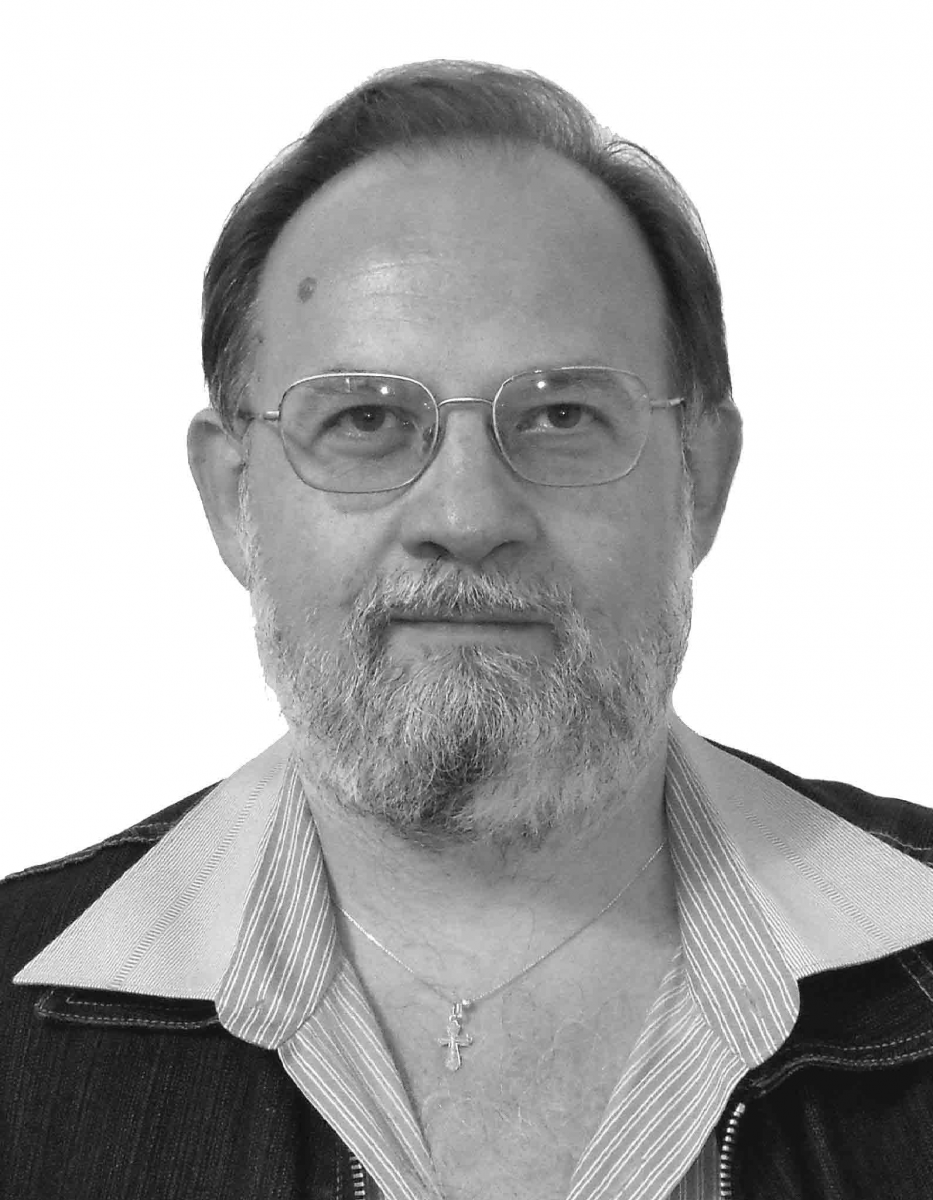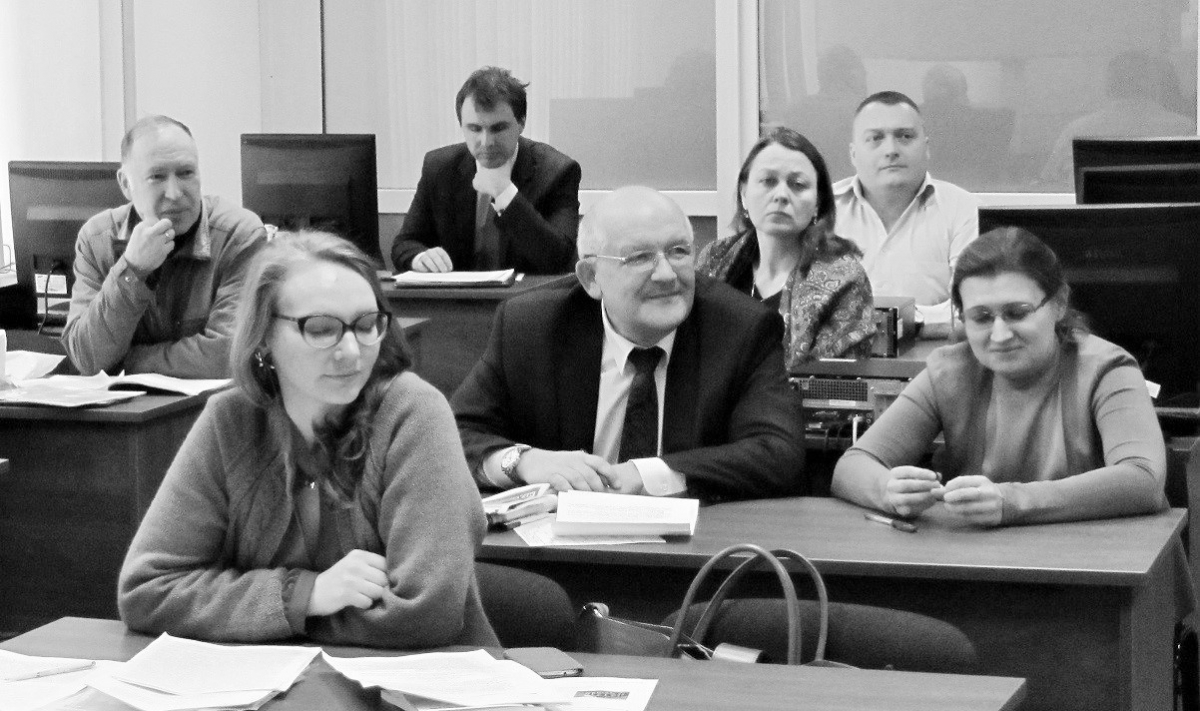ECONOMIC DYNAMICS AND CONTROL FOR INNOVATIONS
 |
|
Robert M. Nizhegorodtsev, Head of Laboratory No. 67 |
The Laboratory was established in December 2011 from a research group of Laboratory No. 57, which investigated the management of innovation development and economic dynamics of macrosystems. The Head is Dr. Sci. (Econ.) Robert M. Nizhegorodtsev. The main research area of Laboratory No. 67 is the management of modern economic systems.
Laboratory’s employees have substantiated and are actively developing the paradigm of disequilibrium in control for macroeconomic systems. Scenario analysis is widely used to study the trajectories of disequilibrial macroeconomic systems and manage their dynamics. In particular, the developed methods were applied to analyze and forecast the dynamics of certain countries and regions of the world economy during the 2008–2009 economic crisis and design mechanisms for dampening and overcoming the crisis phenomena.
Analytical and simulation models (including impulse dynamic models and cellular automata) were used to obtain results on regional economic management and modeling. Development scenarios are elaborated for regions and separate territories; institutional analysis of regional innovation systems is carried out.
The Laboratory solves various problems of driving technological shifts at the level of enterprises and industries. The problems under consideration include managing the innovative strategies of investors, optimizing the volumes of investment in the development and implementation of new technologies, and arranging knowledge-intensive production. Methods were proposed for assessing the effectiveness of implementing innovative technologies in different industries.
Regression analysis was used to estimate the contribution of information production to the economic growth of modern macrosystems (countries and regions). The corresponding estimation methods were developed. The impact of different-nature economic cycles on the dynamics of technological shifts was assessed.
The results obtained were applied to manage the development of innovative, transport, and financial infrastructure of numerous Russian regions (particularly those of the North and Arctic zones) and manage the rise and development of regional innovation clusters.
Nonlinear regression models of monetary policy are developed, particularly nonlinear models of the relationship between the rate of inflation and the volume of money supply (including generalizations of Irving Fisher’s formula), the concept of NSEGRI (non‐slowing economic growth rate of inflation), models of the relationship between price dynamics and real sector indicators, models of inter‐regional differentiation, optimization models for the volume and structure of government expenditures (the Armey–Rahn curve and its numerous analogs), and others.
Laboratory’s employees actively develop and apply strategic management tools, particularly functional‐institutional analysis, the zodiac model of a decision‐making cycle, the leadership style matrix, and competency management models for organizations.
In 2017, a research group from the former Laboratory No. 13 joined the Laboratory. This group deals with expert forecasting and R & D management.
The main research areas of the Laboratory are the following:
- innovation management (R.M. Nizhegorodtsev, V.V. Klochkov, S.V. Ratner, V.D. Sekerin, N.A. Petukhov, and N.N. Trenev);
- macroeconomic regulation and economic policy (R.M. Nizhegorodtsev, N.P. Goridko, S.V. Ratner, V.V. Klochkov, and L.P. Steblyakova);
- informational economics, control for research and education (R.M. Nizhegorodtsev, V.V. Klochkov, Ya.S. Matkovskaya, N.P. Goridko, E.Yu. Ivanov, E.Yu. Rusyaeva, and N.A. Petukhov);
- modeling and forecasting of economic dynamics (R.M. Nizhegorodtsev, N.P. Goridko, S.A. Saltykov, and Yu.V. Sidelnikov);
- management of sectoral markets (V.D. Sekerin, A.E. Gorokhova, L.E. Gorlevskaya, S.V. Ratner, I.Yu. Shvets, and A.V. Lukina);
- evolutionary and institutional economics (R.M. Nizhegorodtsev, N.N. Trenev, and Yu.Yu. Shvets);
- economic statistics, econometrics, and data mining (S.V. Ratner, N.P. Goridko, and N.A. Roslyakova).
 |
|
Laboratory's employees at the 20th Drucker Readings (March 2015) |
Since 2006, even before the establishment of the Laboratory, its current employees have been organizing annual international Conferences on Control for Innovations and Drucker Readings. In 2022, Drucker Readings were held for the 35th time. Co‐organizers and key participants are leading research institutions and universities of Russia and other countries: Lomonosov Moscow State University, the Institute of Economics RAS, Financial University under the Government of the Russian Federation, Moscow Aviation Institute, the Institute of Economics (Ural Branch of RAS, Yekaterinburg), Economic Research Institute (Astana, Kazakhstan), Francisk Skorina Gomel State University (Belarus), and others.
Today, the Laboratory has 26 employees, including 11 Doctors and 9 Candidates of Sciences. Several employees are professors at leading Russian universities: RUDN University, the State University of Management, Plekhanov Russian University of Economics, Moscow Polytechnic University, and Moscow Aviation Institute. Laboratory employees successfully supervise postgraduates, participate in the work of numerous dissertation councils, and involve students in scientific research. During the Laboratory’s existence, the employees have published over 2000 scientific works, including dozens of monographs and textbooks. Every year Laboratory’s employees publish over 200 scientific works, including over 10 monographs.
The Laboratory intensively collaborates with research groups from Russia and other countries: Ukraine, Belarus, Kazakhstan, Poland, and Slovakia. It organizes joint research projects, scientific forums, and publications, contributing to the mutual enrichment of scientific schools.
